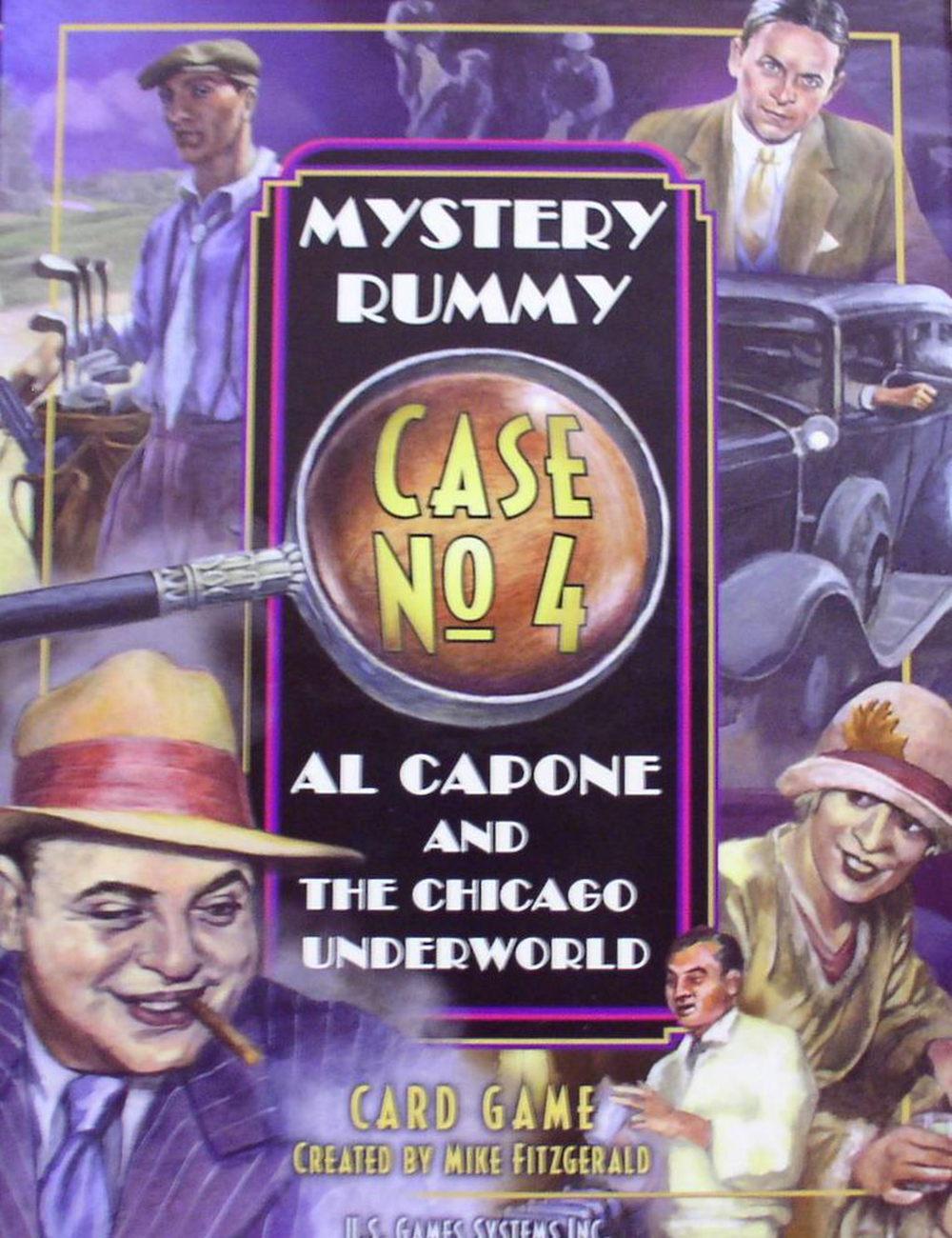Step back in time to the roaring 1920s, when jazz filled the air, flappers danced with abandon, and one man held an iron grip over Chicago’s underground world. Al Capone—name synonymous with crime, power, and a ruthless rule—didn’t just live in the city; he ruled it. But how exactly did this notorious gangster rise to such dominance? What strategies did he use to control bootlegging, gambling, and corruption with such an iron fist? Join me as we dive inside Al Capone’s reign, peeling back the layers of myth and history to uncover the secrets behind his empire and how he managed to command Chicago’s underworld like no other.
Table of Contents
- The Rise of Al Capone From Small-Time Hustler to Kingpin
- The Inner Workings of Capone’s Criminal Empire Revealed
- Secrets Behind Capone’s Ruthless Control and Influence
- Lessons Modern Leaders Can Learn from Capone’s Strategy
- Wrapping Up
The Rise of Al Capone From Small-Time Hustler to Kingpin
Born into a modest Italian immigrant family, Al Capone’s journey into Chicago’s criminal underworld began with small-scale operations. As a young man, he took on minor hustles—running errands and collecting debts for local gangs—which laid the groundwork for his ascent. His charm, ruthlessness, and keen business acumen quickly distinguished him from other street-level criminals. Through strategic alliances and sheer force of will, he seized control of lucrative bootlegging routes during Prohibition, eventually eclipsing rivals who underestimated his drive and cunning.
Capone’s rise was marked by several defining tactics:
- Consolidation of power through the elimination or absorption of competing gangs
- Use of bribery and intimidation to corrupt law enforcement and politicians
- Expansion from bootlegging into gambling, prostitution, and other vice industries
- Masterful manipulation of public perception, often cultivating a ‘Robin Hood’ image
Each of these strategies not only secured his dominance but also transformed Chicago’s underworld into a highly organized and profitable enterprise, setting the stage for an infamous legacy that defined an era.
The Inner Workings of Capone’s Criminal Empire Revealed
Al Capone’s criminal empire was a complex web of alliances, ruthlessness, and calculated strategies that kept rivals at bay while expanding his influence across Chicago. Central to his success was a robust network of bootlegging operations, speakeasies, and bribed officials who ensured that law enforcement often turned a blind eye. Capone’s ability to blend intimidation with savvy negotiation enabled him to consolidate power, turning local gangs into a cohesive and efficient crime syndicate. His empire wasn’t just about violence—it was a business empire run with the precision of any legitimate corporation.
Behind the scenes, his operations depended on key factors, including:
- Strategic alliances: Partnerships with corrupt politicians and law enforcement provided protection and intelligence.
- Diversified income streams: Beyond bootlegging, gambling, and prostitution rings contributed significantly to the empire’s wealth.
- Information control: Capone employed spies and informants to stay ahead of rivals and authorities, allowing preemptive strikes against opposition.
This intricate balance of fear, respect, and loyalty sustained Capone’s reign during one of the most turbulent eras in Chicago’s history.
Secrets Behind Capone’s Ruthless Control and Influence
Behind the fierce reputation of Al Capone was a calculated strategy that blended intimidation with an uncanny understanding of Chicago’s political and social landscape. Capone didn’t just rely on brute force; he mastered the art of manipulation and diplomacy, maintaining a delicate balance between fear and favor. His ability to coerce competitors and allies alike was underpinned by an extensive network of informants and enforcers, ensuring his watchful eyes penetrated deep into rival operations. This network wasn’t solely about violence—it was about the precision of power, where information became as valuable as bullets.
At the core of Capone’s dominance were several pivotal tactics:
- Bribery and Corruption: Ensuring police, judges, and politicians turned a blind eye or actively cooperated with his syndicate.
- Public Relations Savvy: Crafting a Robin Hood-like image to gain public favor, which made outright opposition difficult.
- Strategic Alliances: Partnering with smaller gangs to create a united front that discouraged rebellion.
- Ruthless Enforcement: Swift and brutal punishment to those who threatened his empire, cultivating a reputation that preceded any confrontation.
Lessons Modern Leaders Can Learn from Capone’s Strategy
Al Capone’s reign over Chicago was not just about brute force; it was a masterclass in strategic influence and organizational control. Modern leaders can take a cue from his ability to consolidate diverse and often conflicting interests into a cohesive and efficient operation. Capone was a pioneer in creating a centralized command that ensured loyalty but also allowed for flexibility—delegating authority while maintaining tight oversight. This balance between control and autonomy is a valuable lesson in leadership, especially in complex and rapidly evolving industries.
Another intriguing takeaway is Capone’s understanding of reputation management. Unlike many of his contemporaries, he cultivated an image that mixed fear with a twisted sense of benevolence—donating to charities and influencing public opinion to soften his public persona. Today’s leaders can appreciate the power of narrative and perception as tools to build resilience and trust, even under challenging circumstances. Some key tactics modern leaders might consider include:
- Strategic delegation to empower teams while retaining core control mechanisms.
- Managing diverse stakeholder interests to maintain cohesion and minimize internal conflict.
- Reputation crafting that strategically balances transparency and leverage.
- Building loyal networks that support long-term goals beyond immediate gain.
Wrapping Up
As we peel back the layers of Al Capone’s reign over Chicago’s underworld, it’s clear that his legacy is as complex as the city he once ruled. From ruthless strategy to unexpected moments of charity, Capone’s story continues to fascinate us and remind us how power, crime, and charisma can intertwine in the shadows. Whether you see him as a villain or a product of his turbulent times, one thing is certain: the echoes of his empire still linger in Chicago’s history, inviting us to keep exploring the mysteries behind the man—and the legend—known as Scarface.












